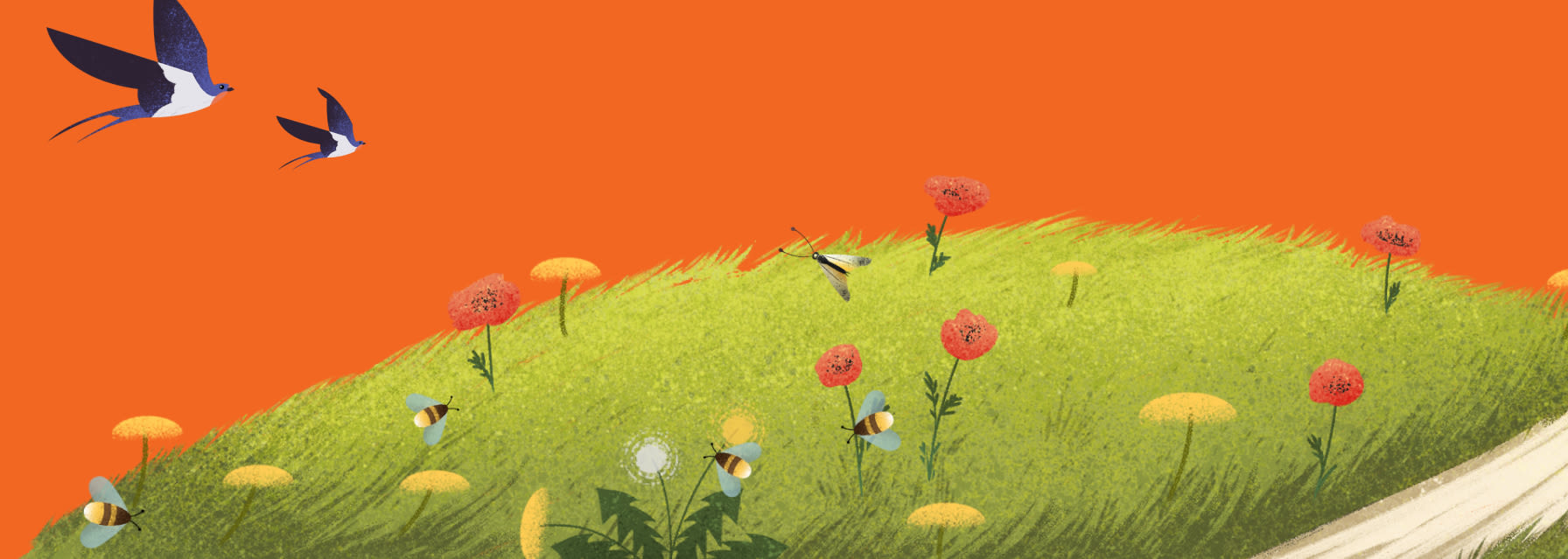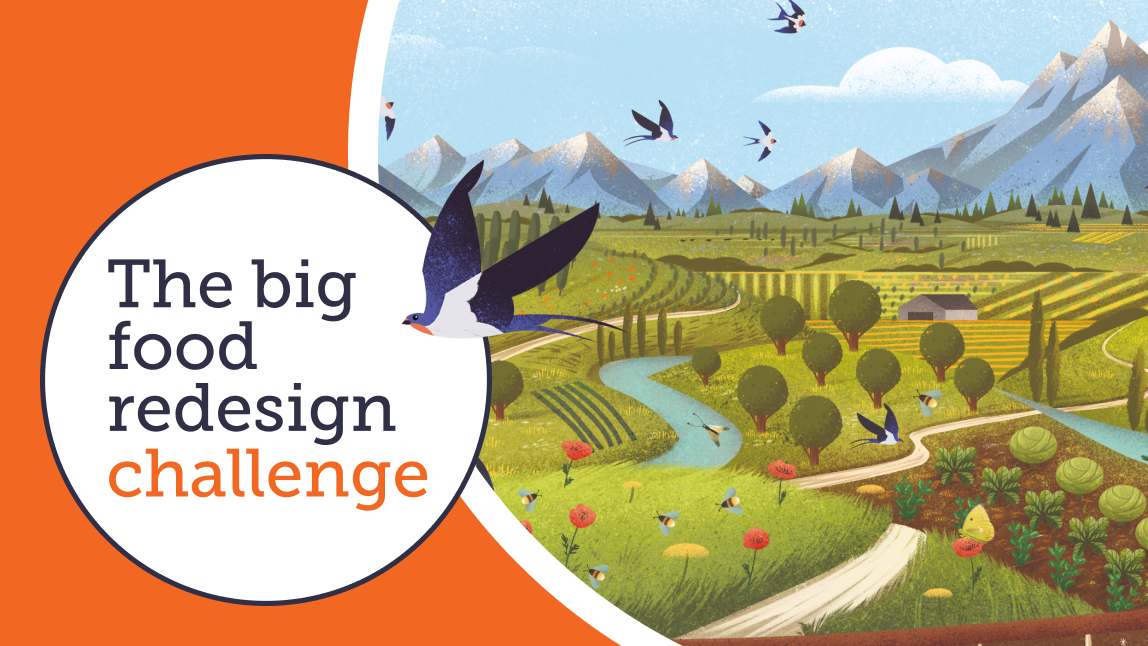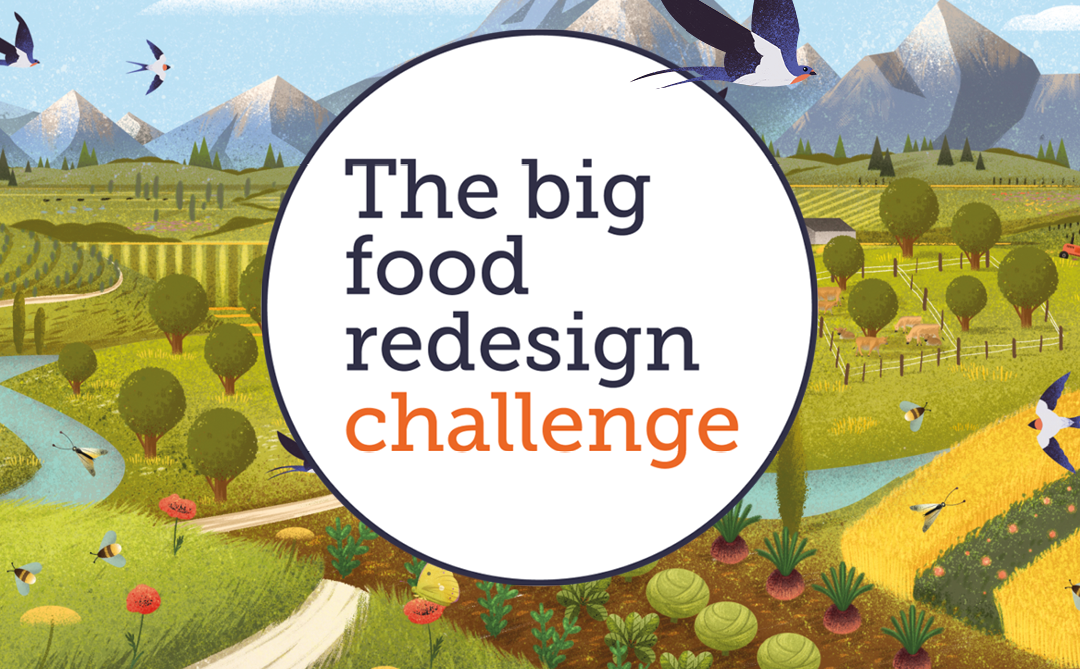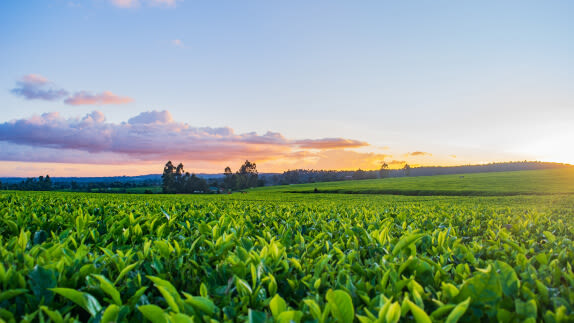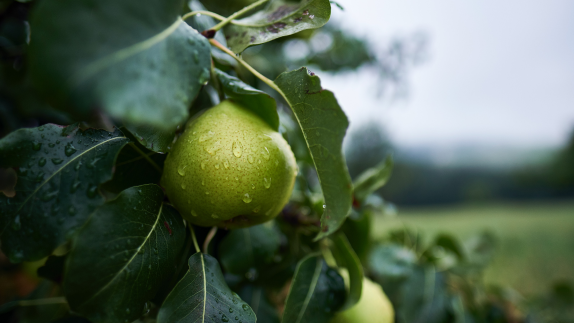This article was originally published in Trellis (formerly GreenBiz)
Can we nurture nature with every mouthful we eat? The Big Food Redesign Challenge’s 60+ participants are creating products to do exactly that.
Could the food we eat be a solution, rather than a contributing factor to, the climate and biodiversity crises?
This is the question that prompted the Big Food Redesign Challenge — an accelerator project created by the Ellen MacArthur Foundation, in partnership with the Sustainable Food Trust. When we last brought Trellis readers news of the project in February 2024, participants were still thinking about how to turn their designs into reality. 186 products were initially entered into the challenge; this total was whittled down to just over 160 via a judging process that looked at the extent to which product plans fit our circular design for food framework. This approach has been created to guide design choices consciously made to regenerate landscapes. Given that the food system contributes to one-third of greenhouse gases and is the major driver of biodiversity loss, the potential impact of this work is huge.
We prioritized products that could demonstrate that they were sourced from production systems designed to create regenerative outcomes. Products also had to fulfill at least one of these design categories in the framework— by using lower impact, upcycled and/or diverse ingredients. Finally, we were looking for packaging free of problematic (i.e., polluting) materials.
We also used the sustainability assessment tool Latis to provide quantitative data about ingredient choices. Now well into the production phase, over 60 companies are currently working through issues like securing supplies and testing recipes. By February 2025, retailers across the world will be stocking these groundbreaking products, designed with nature in mind.
We’ve been following the progress of a selected band of these food pioneers to see what they encounter on their journey to market. This will enable us to help other food companies scale up the campaign to make nature-first food. A new series of video diaries from participants focuses on the challenges and triumphs involved in changing the food system.The first episode features Big Food Redesign Challenge participants from around the world. Each of these small businesses are looking for ways to make use of ingredients that rarely make it into the food chain. By designing to reduce waste in this way, they can free up land for natural habitats, make better use of the energy that goes into growing plants and rearing animals, and generate potential for an extra revenue stream for a farmer.
Kenyan company Dunia Bora is using the cactus plant to make cookies and juice. Although a popular food in Mexico and North America, the crop is often left to waste in Africa. Dunia Bora founder Vincent Muhoro’s mother fed it to him as a child, inspiring him to now look for ways to use it as an ingredient. The cactus is dried and milled to make flour for cookies, while the fruit becomes juice.
Weeks of torrential rainfall in the Laikipia region of Kenya in April provided a graphic illustration of the need for farming practices to change in order to both mitigate, and adapt to, climate change. Muhoro was unable to access the cactus plants during this period.
Now the area is predicted to have nine months of drought, which should have minimal impact on the cacti. The plants need very little cultivation or water, thrive in arid soils and draw carbon from the atmosphere, storing it in the soil. This adaptability demonstrates the climate resilience value of the cactus plant, seen everywhere in Kenya.
Muhoro’s next challenge is to gain the official certification from the Kenyan government which will allow him to proceed with production.
Giving back to the land, water and air
In the United Kingdom, Spoon Cereals has used the support of the Challenge to repurpose a byproduct from the production of oak milk into oats for porridge.
Usually these oats would be destined for anaerobic digestionanaerobic digestionMicrobial breakdown of organic matter in the absence of oxygen. (broken down by microorganisms) or animal feed, but capturing this ingredient for human consumption ensures ingredients are kept at their highest value.
The brand is also experimenting with using the diverse black oat variety, which needs little fertilizer and no chemicals to grow — a good example of regenerative productionregenerative productionRegenerative production provides food and materials in ways that support positive outcomes for nature, which include but are not limited to: healthy and stable soils, improved local biodiversity, improved air and water quality.. Black oats are also helpful in fields as a cover crop, a plant grown for its ability to perform tasks like preventing erosion of the soil and building its fertility.
Spoon Cereals already has its granola product on U.K. supermarket shelves, so it has the advantage of established retailer relationships and consumer recognition. But it must negotiate sufficient sourcing of upcycled oats and black oats before it can get its nature-first product off the ground.
Brazilian business Nutricandies is in the process of scaling up its operations in order to bring its alternative chocolate spread to market. It’s made using chocolate produced from agroforestry systems in Bahia, and sweetened using cacao honey, a byproduct of the chocolate-making process.
Nutricandies CEO Gustavo Rocha is focusing on migrating his operations out of the laboratory and into a factory unit — funds from the grant awarded to him by the Challenge are helping to support this.
Next spring we’ll update Trellis readers further on our learnings from this unique project, including details of how participants audited the regenerative production methods of suppliers, and marketed their nature-first fare. In the meantime, watch out for four more episodes of the video diaries, as we document their progress.
